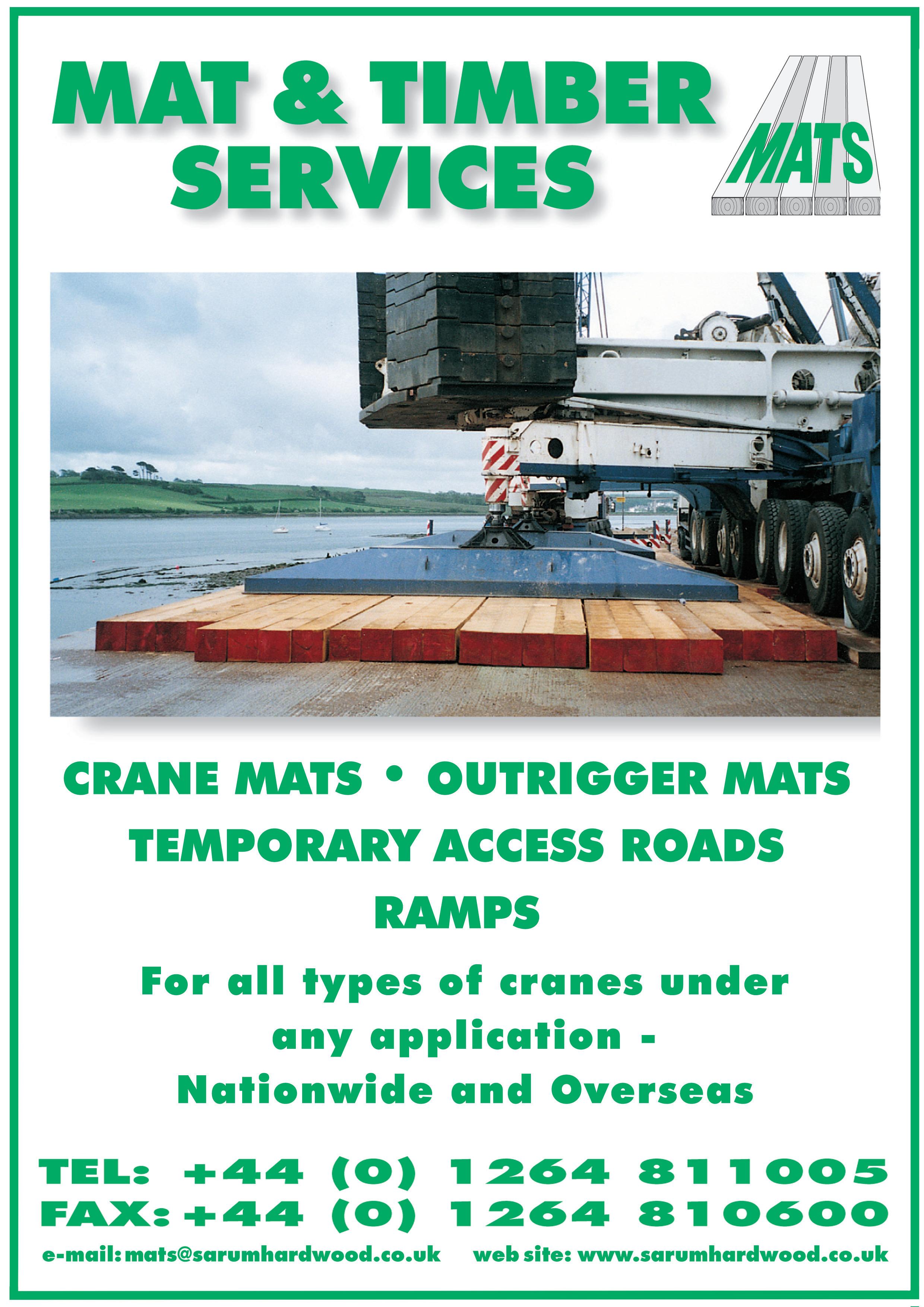
12 minute read
Strength is the key
by vertikal.net
Strength is the key
For an outrigger mat to perform as designed, the material used must be suitably stiff to distribute the load correctly. Surprisingly, given the importance of the mat in the lifting process, they are rarely, if ever regulated, unlike lifting gear such as chain sets and slings etc which in many jurisdictions - such as the UK - have to be certified and regularly inspected. We take a look at various materials used for outrigger mats and how they perform in strength tests.
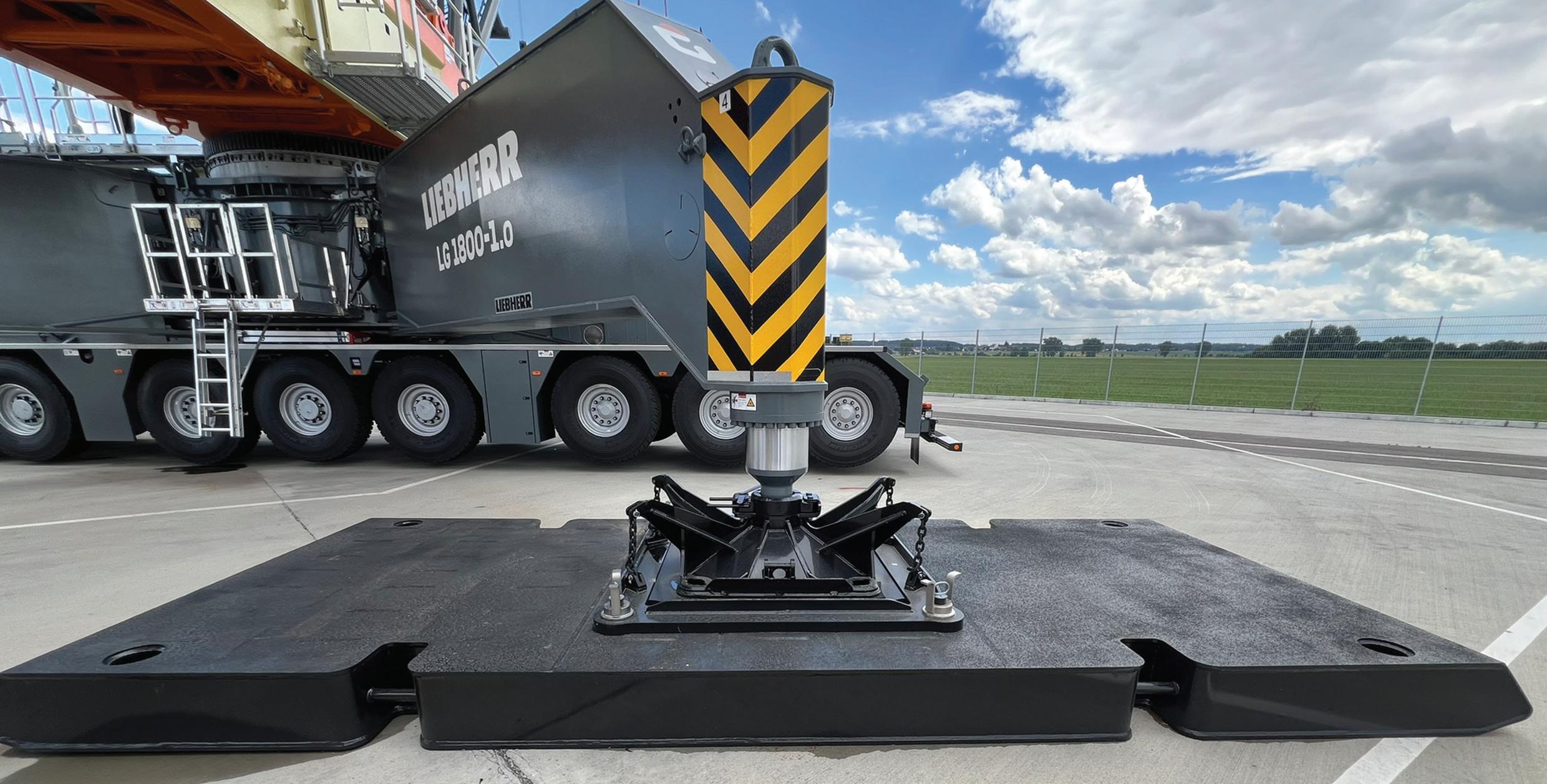
Outrigger mats, whatever they are made from - steel, timber, aluminium, HDPE or nylon - are designed to evenly distribute the outrigger load over a wide enough area to safely support the load applied by the crane, aerial lift or telehandler. Their effectiveness is determined by two factors: 1) the size of the mat to distribute the load to the ground at a stress level less than the ground bearing capacity and 2) the strength and integrity of the mat and its ability to handle the load exerted by the crane. According to The Crane Industry Council of Australia: “The strength and stiffness of a mat will depend on the material and the thickness. Material strengths and stiffness are generally understood but it should be noted that plastics are stronger than timber, but timber is stiffer than plastic.”
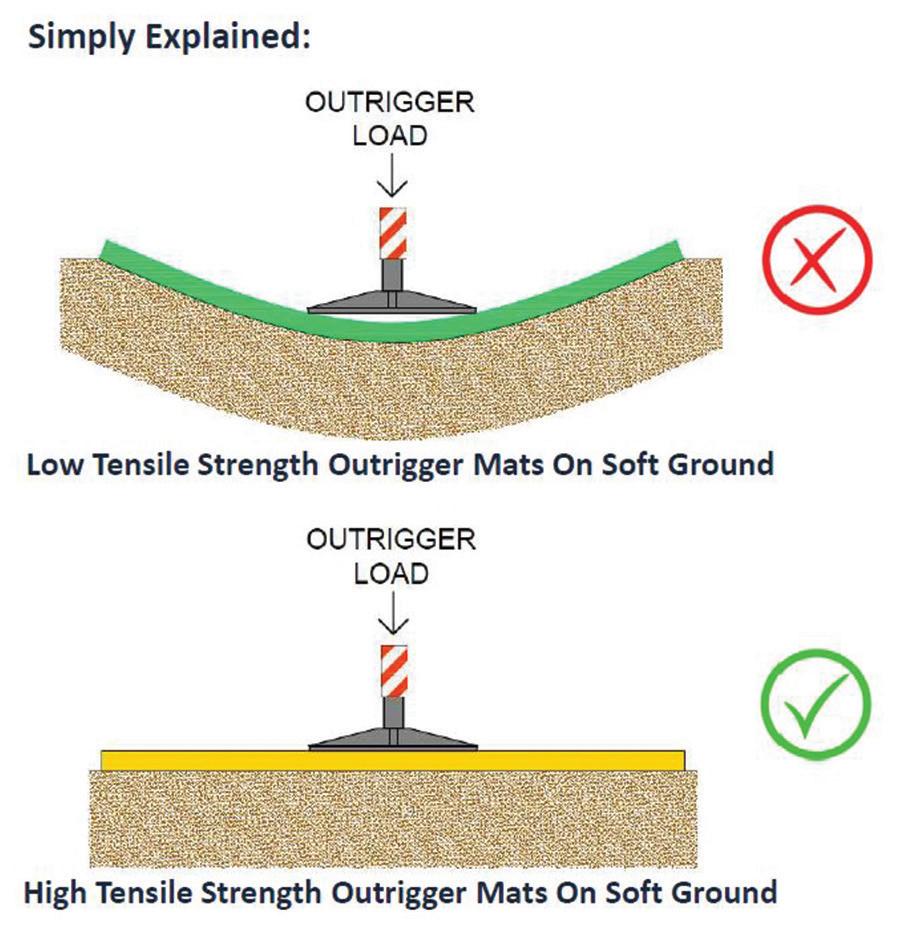
There is perhaps a misconception that a material that is strong in compression is also stiff. This is not necessarily the case. The order of strengthfrom strongest down - of materials used for mats is steel, aluminium alloy, nylon, polyethylene, hard wood and soft wood. However, the order of stiffness is steel, aluminium alloy, hard wood, soft wood, nylon with polyethylene.
If an outrigger mat is strong but not stiff the load is spread only through the mat material at 45 degrees from the equipment’s point of contact. For the load to be spread over the entire area of the mat the material must be strong and stiff. If the load is not suitably distributed, then the smaller pressure area results in a higher load being applied to the ground and the mat is not doing its job correctly. Again, given the importance of the mat system in a lifting operation, it is surprising they also do not fall under the lifting operation safety check list.
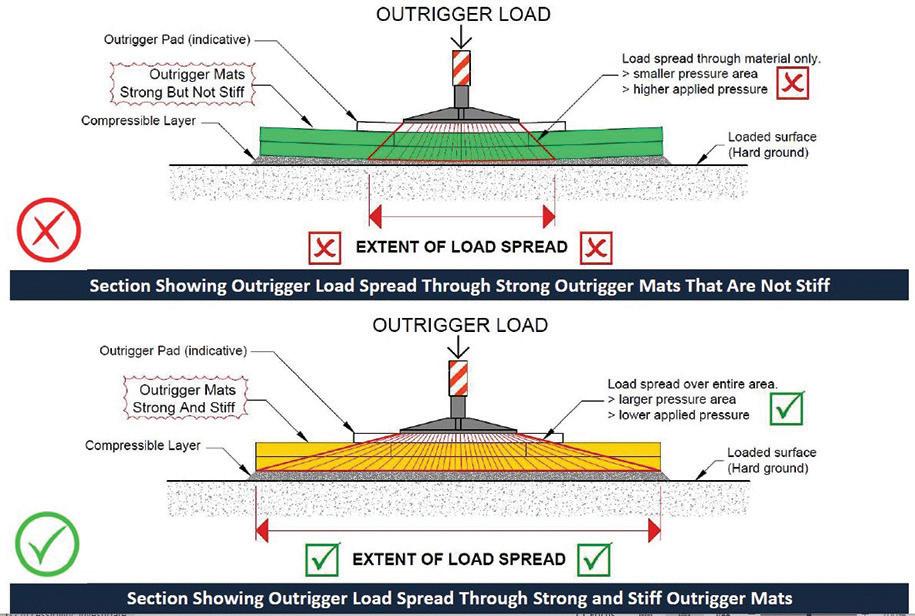
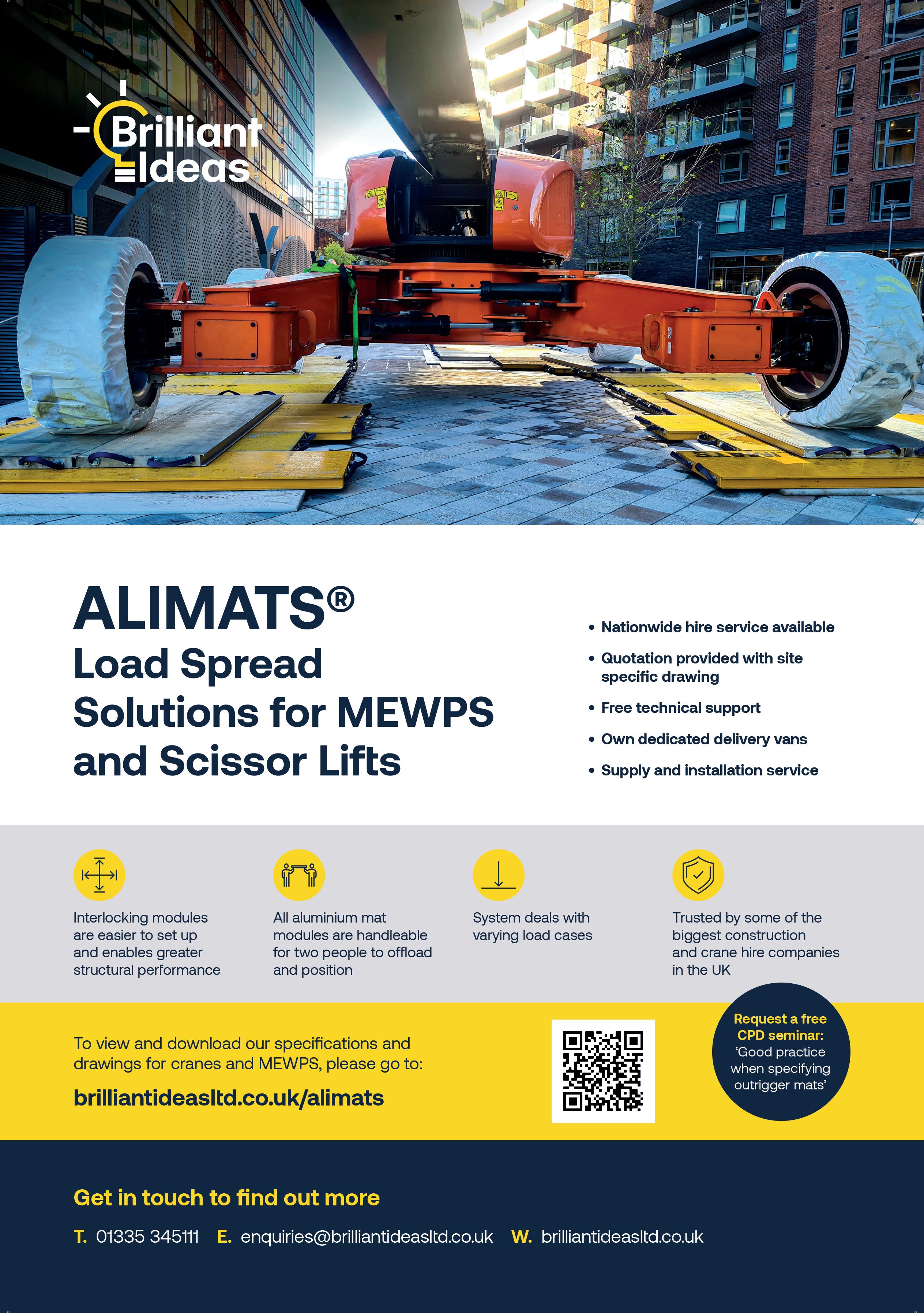
Cost and weight factor
Cost is always a significant factor that affects the specifying and purchasing of equipment and accessories. As you would expect the cheapest to most expensive is polyethylene, nylon, soft wood, hard wood, aluminium and steel… with the cheapest being the least stiff.
At the end of 2021 the Temporary Works Forum (TWf) in the UK issued safety bulletin TW21.144 which dealt with concerns raised by several members regarding the stated capacity of some plastic outrigger mats/systems. It said that members should treat stated capacities of plastic outrigger mats/systems with caution, even where they are supported by seemingly complex testing or analyses. Things to consider include: the experience and track record of the supplier; any assumptions made in respect of the ground conditions, material properties and the method of analysis, compatibility with the site investigation and interpretation, eg acceptable ground bearing pressure and acceptable deflection.
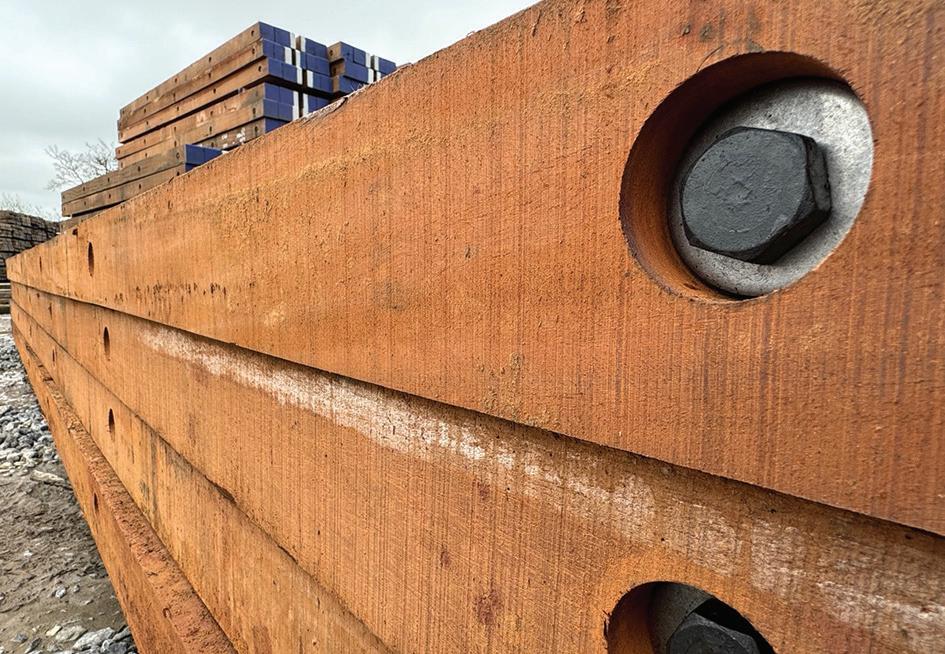
Aluminium mat manufacturer Alimats recently carried out Finite Element Analysis (FEA) studies into how outrigger mats actually perform when loaded, including how outrigger materials performed in comparison.
One of its tests was a Beam Analysis - stiffness - test with each material used as a simple beam spanning 1.5 metres with a load of 10 tonnes applied at the mid span. Three systems were tested, Alimats aluminium, single D40 Oak sleepers and Ultra High Molecular Weight Polyethylene (UHMWPE) with the maximum bending deflection in the middle of the beam when under load being measured at 24mm, 88mm and 972mm respectively. As we have seen earlier, stiffness - the resistance to bending - is key to an even distribution of a load through the mat.

Alimats also carried out several physical bending tests which compared the material stiffness of two types of crane mats - its own aluminium Alimats system and a commonly used industry competing UHMW-PE plastic system - under three point loads from one to 3.5 tonnes.
Dan Westgate of Alimats said: “The extent to which UHMWPE deflects or bends under load raises a huge question over its suitability of being fit for purpose. The mat we used for the beam/ stiffness test was rated by the manufacturer at 54 tonnes, yet failed, having reached its elastic limit - not returning to its original shape - at just one tonne. In my opinion it is therefore not fit for purpose when it comes to outrigger spreader mats. Several Tier One contractors are already looking into this and are reaching the same conclusion. We had feedback from a principal engineer from a Tier One contractor who said: “We waste significant amounts of time trying to explain to sites why a 50mm thick HDPE mat is not suitable for almost any application - by the time you’ve considered the maximum allowable settlement for that crane’s outriggers - and that the ground would need to settle/deflect a massive amount for it to do anything... A compressible material underneath or a much stiffer mat is the only answer.”
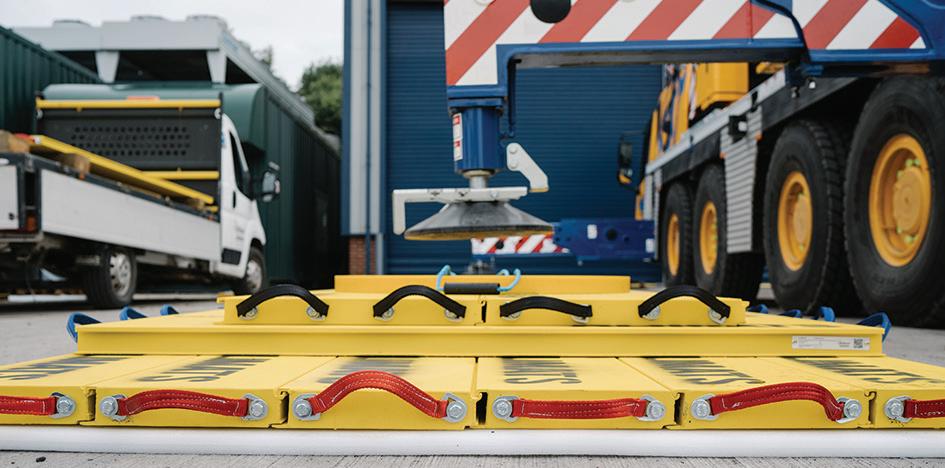
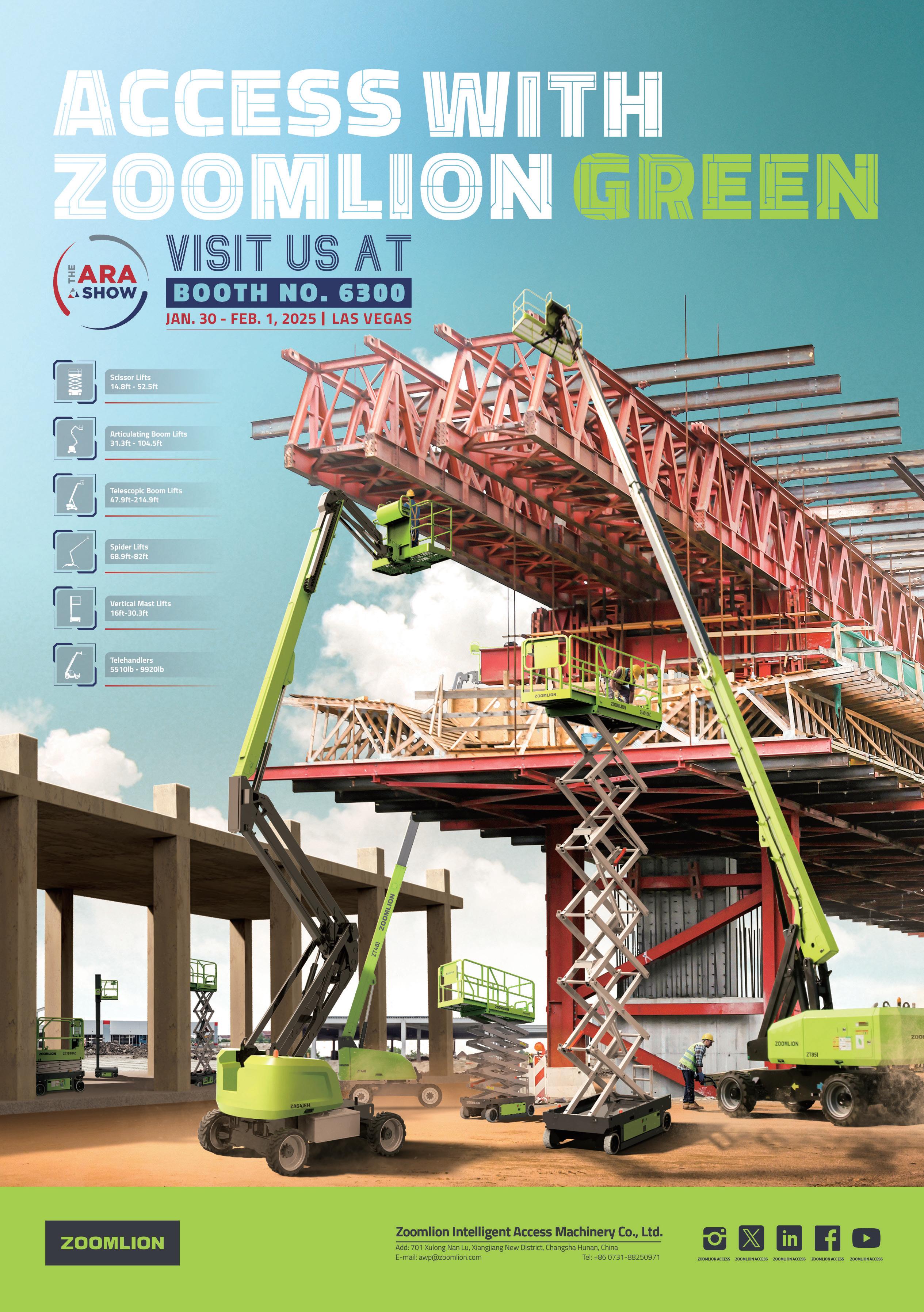
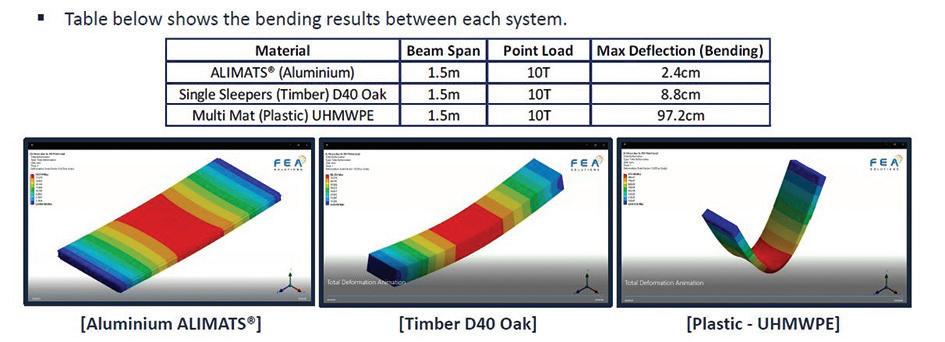
There appears to be an issue in that some systems promote compressive strength rather than stiffness. Concrete for example is a great material for compressive strength but useless in a tensile situation - hence the reason steel reinforcement bars are used in floors/floor beams and lintels etc. Steel has very good tensile and compressive strength as has aluminium and nylon. UHMWPE has reasonable compressive strength but like timber has poor tensile strength. A pack of A4 paper is very strong in compression and could support a crane but it has very limited stiffness. It is stating the obvious but how many floor beams or columns are made of UHMWPE?
Only a few types of mats are sold with grab handles so that they can be carried and placed in position. However, attention needs to paid to the actual weight. 1.8 metre rectangular modules can weigh up between 38kg and 48kg and therefore need handles at both ends for two people to lift. Round mats could be moved by rolling and therefore may be heavier but still manageable.
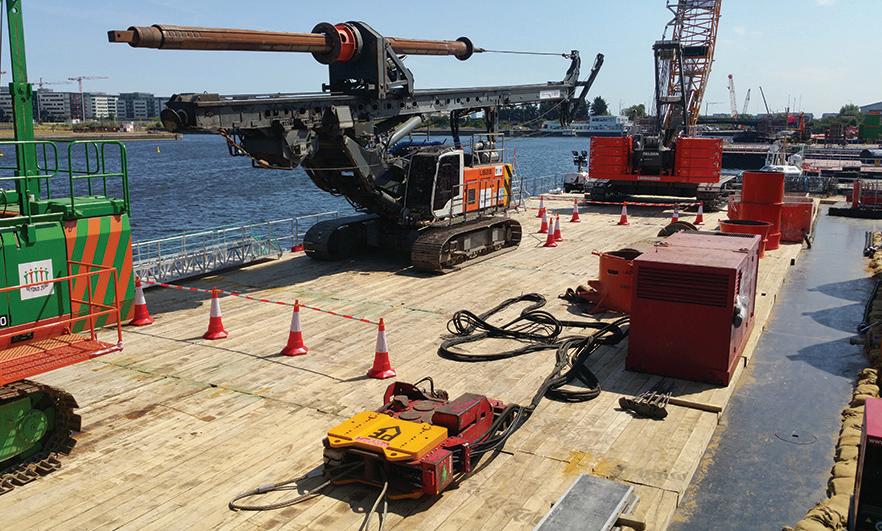
Mat basics
To understand which materials should be used on larger mats for cranes and access equipment we need to understand a few basics. What do we mean by compressive and tensile strength?
The table below shows various materials, and their properties used in handleable outrigger mats including density, compressive strength, tensile strength and modulus of elasticity - the substance’s resistance to not being permanently deformed when a stress is applied to it.
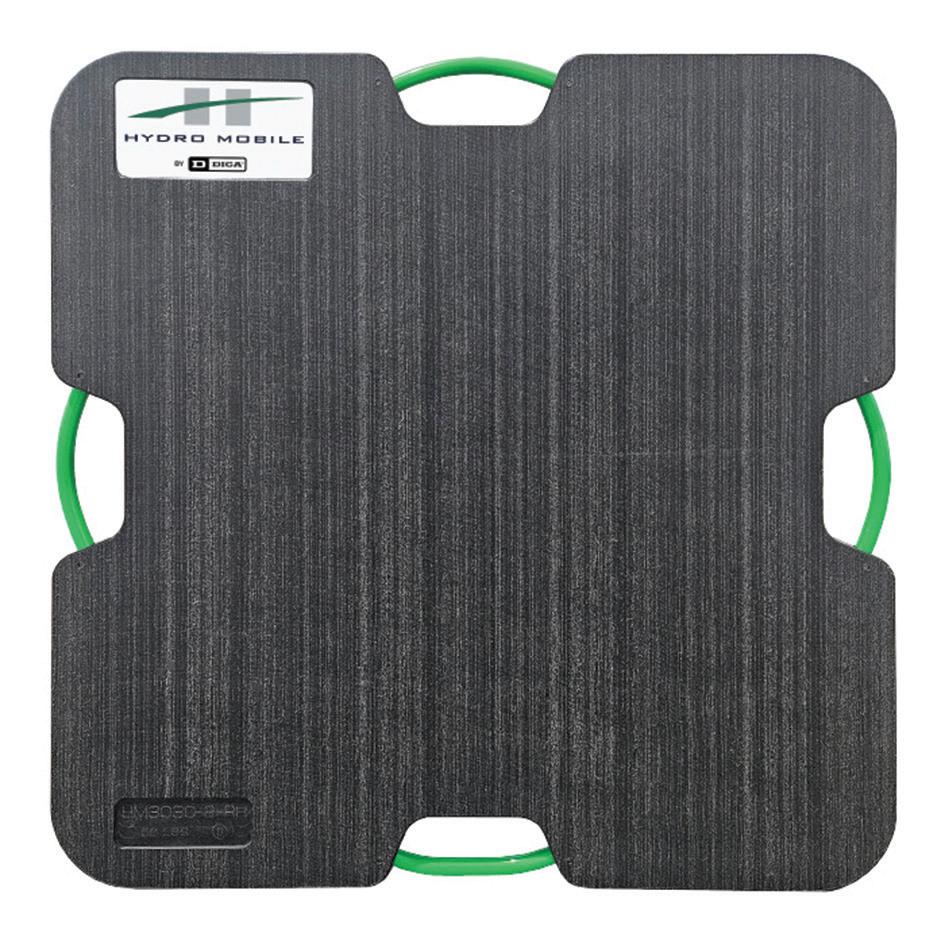
Most of the materials are self-explanatory however Nylanite is an advanced self-lubricating, semi-crystalline thermoplastic polyester blending the dimensional stability of PET - Polyethylene terephthalate, the most popular thermoplastic polymer resin - with the wear resistance of nylon. This combination makes it particularly wellsuited for heavily loaded mechanical precision components operating in abrasive environments.
The table shows that Nylanite, Ekki/Azobe Timber and Plastic have a mat density almost double of Oak Timber and Aluminium. However, the material density of aluminium is double that of Nylanite. Compressive strength is not a critical feature in mat design, but it shows that aluminium has the highest, while plastic more than 10 times lower.
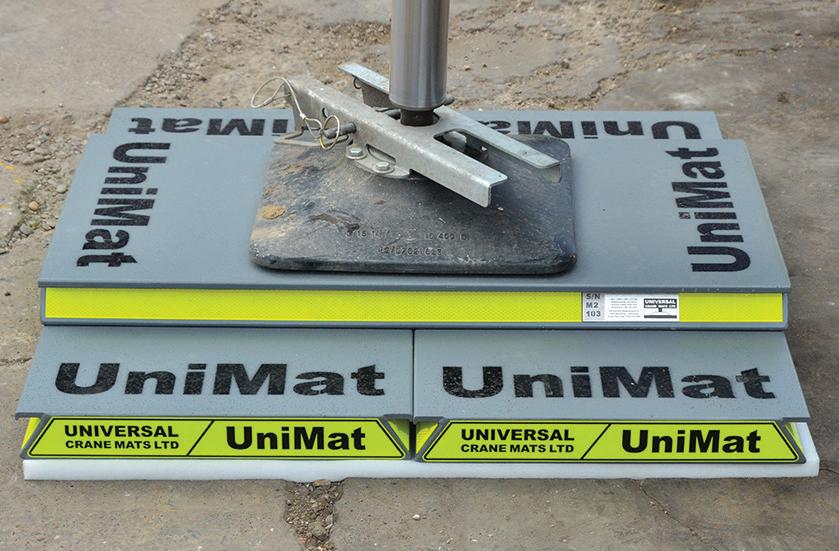
Critically the tensile strength of aluminium is almost 10 times that of plastic and oak timber. The modulus of elasticity - a materials resistance to not deforming permanently - is very low for plastic, 50 times lower than aluminium. As well as highlighting the varying material properties, it shows why they should be known when being used for certain applications.


One of the UK’s larger crane companies also carried out a bending test applying a 10 tonne load at the mid span of two 920mm wide supports with a contact area of an outrigger sized 450mm x 450mm to modified nylon and UHMWPE mats. The maximum deflection of the nylon system was 10.6mm and remained elastic. The deflection of the UHMWPE bottomed out on the rig and the test was halted as the material had also reached its elastic limit.
While UHMWPE mats lack stiffness, the material is used in many smaller carry on outrigger mats used for spider lifts, spider cranes, smaller truck mounted lifts and scissor lifts - and are more than adequate at doing the job they were designed to do - spread a small load and protect surfaces. The main issue arises when UHMWPE is used for larger mats under cranes, but careful consideration also needs to be made when looking at powered access machines and spider cranes working on suspended floors.
Some temporary works engineers have begun to realise this and are specifying particular materials. However, there may be an issue with a temporary works design being modified on site - not the mat sizes but the specified material being changed. This often goes unnoticed unless there is a major problem with the crane on site, such as mats sinking in the ground.
“It could also be argued that the lack of major accidents involving mobile cranes tipping over when using UHMWPE mats suggests that the declared allowable ground pressure is inaccurate and therefore mat systems are being over specified on a regular basis,” says Westgate.
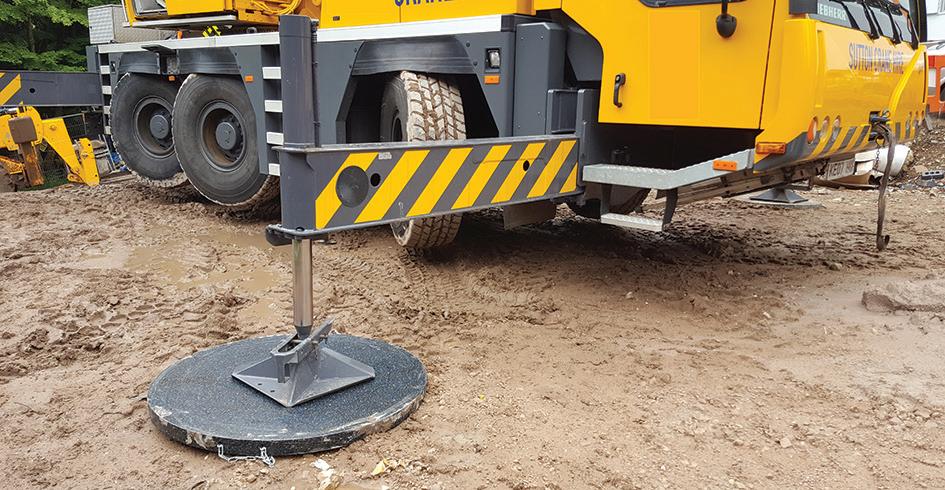
“This also impacts other areas within the industry such as sustainability. When mat systems are over specified they weigh more and cost more to transport to site. The negatives are higher shipment costs for the end users and higher greenhouse gas emissions. We would like a more standardised approach on the materials allowed to be used for the manufacture of load spreader mats.”
A different view
An alternative take on the subject comes from Nolim, the Dutch manufacturer of recycled high molecular weight polyethylene HMPE outrigger mats and associated products.
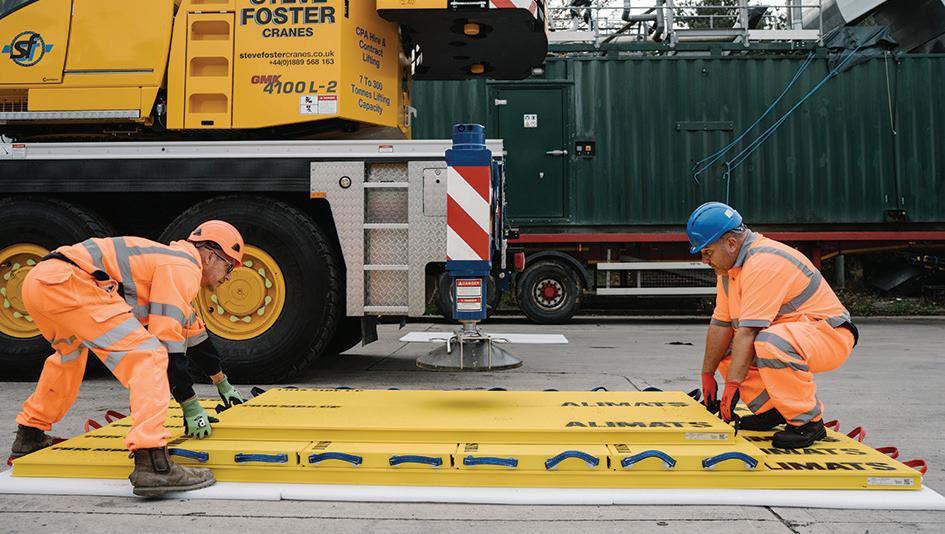
It says that “as with all safety systems, the critical issue is to use products that are appropriate for the task to be undertaken, with the equipment being used and the methodology that has been selected. When it comes to outrigger mats, it means that there can be no ‘one size fits all’ approach. All types of mats have their strengths and their weaknesses that must be understood by the lifting teams at work”.
Director Rogiér de Laat said: “Some industry commentators point to mat deformation as a sign of weakness. However, this misrepresents the process. Firstly, HMPE mats may deform slightly under load, but Nolim’s products will return to their original state, integrity and strength once the load has been released.”
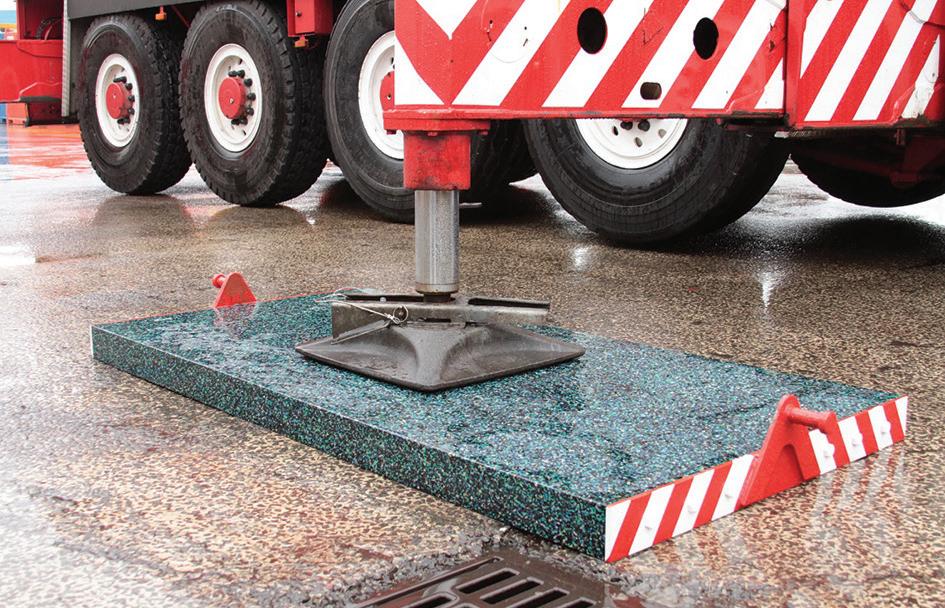
“This cannot be said, however, for some other materials, for example wood and aluminium. Once wood has deformed, it loses some of its structural integrity. The next time such a wood mat is used, it will be weaker, and so at greater risk of failing. The same risk applies to metal pads, for example aluminium. We are aware of crane operators that use metal pads that deform. So, they flip the mats and place them under load again, to correct the deformation. What they may not realise is that after this process, the mats have lost some of their strength.”
“We’re pleased to say there’s growing demand for Nolim outrigger pads, which are extremely hard wearing down to minus 30 degree temperatures, extending their lifetime in extreme conditions. They are also non absorbent and oil resistant, unlike some other products.”
“For instance, we supply one metre square mats to German original equipment manufacturers for self-erecting cranes and have noticed an increase in demand for larger mats this year, which indicates that HMPE mats remain, rightly trusted and valued,” he said. “The longevity of Nolim’s HMPE mats make them highly cost effective. They’re not going to be stolen by thieves to sell for scrap and they can incorporate the customer’s name which reduces the risk of them being pinched, while enhancing the reputation of the user.”
“As with outrigger mats made with other materials, not all HMPE mats are the same. We have had concerns about some HMPE mats imported into Europe that do not have the same strength and durability of our mats. This can put machine operators at risk, and harm the reputation of responsible manufacturers. It is something we have to be constantly wary of.”
